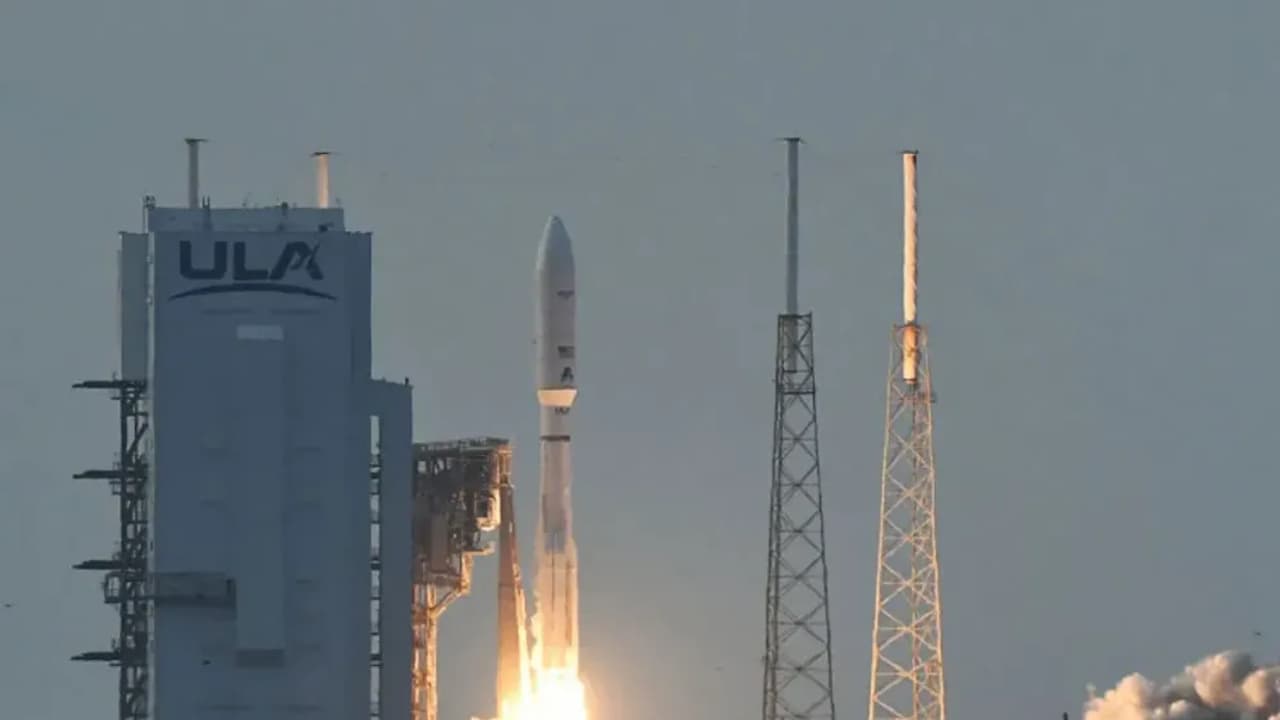The first 27 satellites of the Kuiper program took off on top of a United Launch Alliance (ULA) Atlas V rocket just after 7 pm ET.
Amazon’s first batch of Kuiper satellites lifted off into space on Monday, as the Jeff Bezos-owned company aims to compete with Elon Musk’s Starlink in the nascent satellite broadband market.

The first 27 satellites of the Kuiper program took off on top of a United Launch Alliance (ULA) Atlas V rocket just after 7 pm ET.
The launch has suffered several delays, with the latest coming earlier this month due to inclement weather.
Amazon launched the Kuiper Project in 2019 to bring fast, low-latency internet to more people using a vast network of satellites. They are aiming to start rolling out the service this year.
The Federal Communications Commission has approved the launch of 3,236 satellites, but Amazon needs at least half of them to be up and running by July 30, 2026, to meet the deadline.
To make it happen, Amazon has lined up over 80 rocket launches—45 of those will be handled by ULA, a joint venture between Lockheed Martin and Boeing.
Other companies helping with the launches include Arianespace, Jeff Bezos’ Blue Origin, and SpaceX, which is run by Elon Musk.
Amazon is spending at least $10 billion on the Kuiper project. Once operational, Kuiper would compete with Starlink as well as telecom giants T-Mobile and AT&T to onboard a growing number of customers.
Starlink is already on course to bring in more than $12 billion in revenue in 2025, according to space industry research firm Quilty Space.
Amazon shares have fallen 15.5% year-to-date (YTD).
The company could provide further updates on the program after it reports its quarterly results on Thursday.
For updates and corrections, email newsroom[at]stocktwits[dot]com.<
